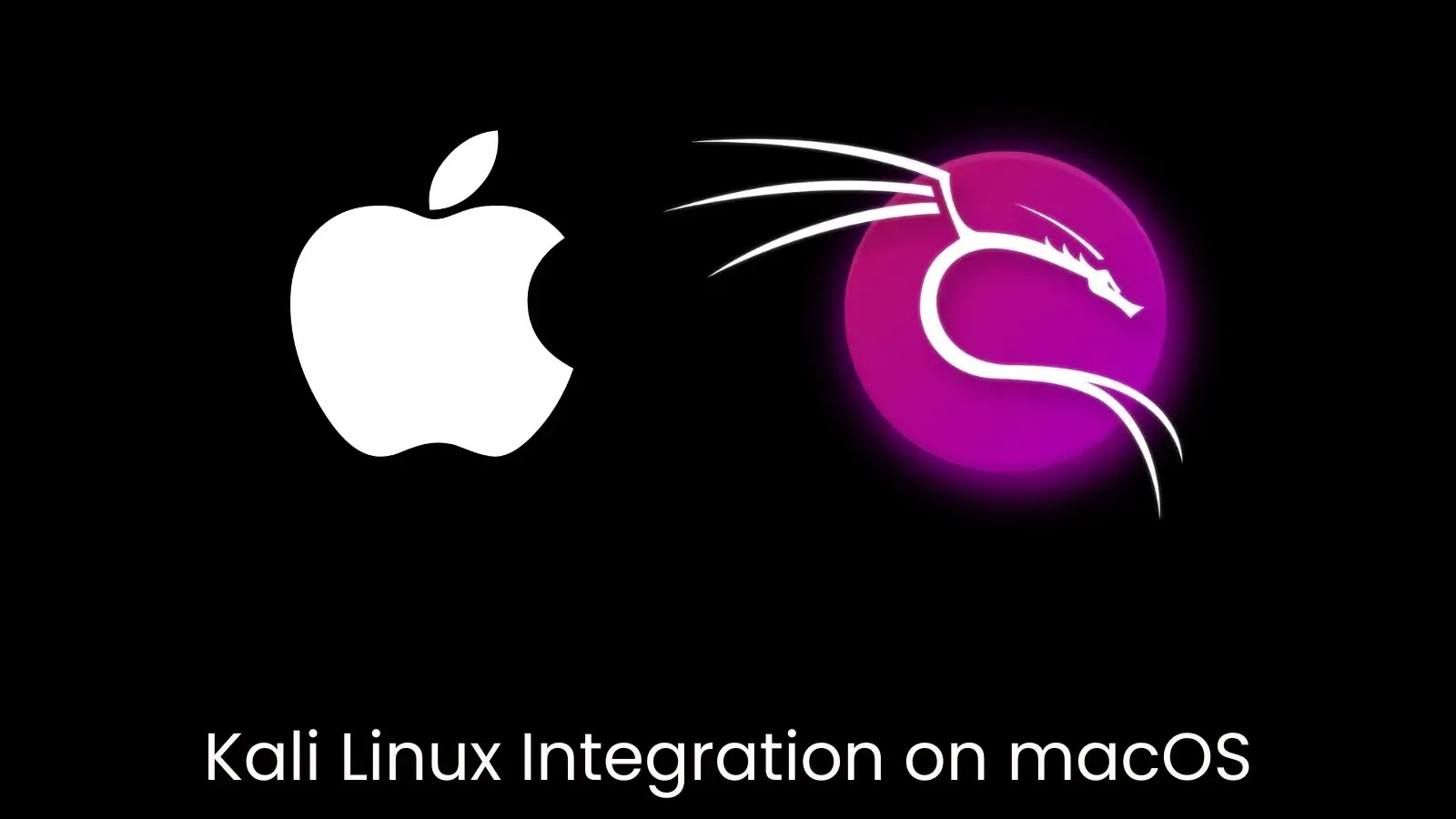Apple Introduces Containerization Feature for Seamless Kali Linux Integration on macOS
Apple has unveiled a groundbreaking containerization feature that enables seamless integration of Kali Linux on macOS systems, marking a significant advancement in cross-platform development capabilities.
Announced during WWDC 2025, this innovative technology brings Linux containerization directly to Apple’s ecosystem, offering developers and security professionals unprecedented flexibility in their workflows.
The new containerization feature represents Apple’s answer to Microsoft’s Windows Subsystem for Linux 2 (WSL2), providing macOS users with native Linux container support through a sophisticated virtualization architecture.
The system operates through a Container CLI tool that interfaces with Apple’s proprietary Containerization framework, creating lightweight virtual machines with minimal overhead.
Installation is straightforward using Homebrew:
brew install --cask containerAlternatively, users can download the signed installer directly from Apple’s GitHub repository. Once installed, the Container tool provides familiar Docker-like commands:
container run --rm -i -t kalilinux/kali-rollingThe containerization feature demonstrates particular compatibility with Kali Linux, the popular penetration testing distribution.
Kali’s container images are fully Open Container Initiative (OCI) compliant, ensuring smooth integration with Apple’s framework.
Users can verify system compatibility before installation:
sw_vers -productVersion # Check macOS version
uname -m # Verify architecture (arm64/x86_64)The initial setup requires starting the containerization service:
container system startThis command automatically installs the base container filesystem and recommended kernel components, streamlining the configuration process.
Once configured, users can run Kali Linux containers with full filesystem access:
container run --remove --interactive --tty --volume $(pwd):/mnt \
--workdir /mnt docker.io/kalilinux/kali-rolling:latest
For enhanced productivity, users can create custom aliases:
alias container-shell="container run --remove --interactive --tty \
--entrypoint=/bin/bash --volume $(pwd):/mnt \
--name "$(hostname -s)-$(mktemp -u XXXXXX)" --workdir /mnt"Apple plans to release this containerization feature with macOS “Tahoe” 26, while providing backward compatibility for macOS “Sequoia” 15 users.
The feature supports both Intel and Apple Silicon architectures, with optimal performance on ARM64-based devices.
Early testing reveals some limitations, particularly regarding network configuration in macOS 15, where containers may experience IP address assignment issues.
Apple recommends consulting their technical documentation for troubleshooting network connectivity problems.
This development positions Apple competitively in enterprise and developer markets, addressing cross-platform compatibility pain points.
By enabling native Linux container support, Apple attracts cybersecurity professionals, DevOps engineers, and cloud developers who require flexible development environments without compromising security or user experience.
The containerization feature demonstrates Apple’s commitment to expanding macOS capabilities beyond consumer applications, potentially capturing more enterprise users seeking powerful, integrated development platforms.
Find this News Interesting! Follow us on Google News, LinkedIn, and X to Get Instant Updates!














Post Comment